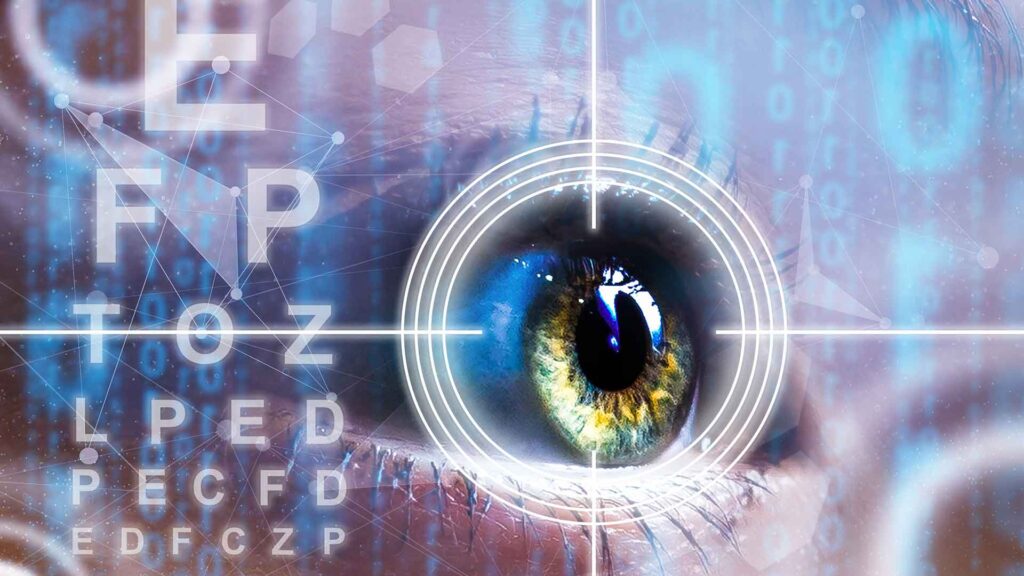Comparing Our Vision Correction: SMILE, SILK, LASIK
Overview of Vision Correction Procedures
Vision correction procedures aim to enhance our ability to see clearly without glasses or contact lenses. Among these, we often hear about SMILE, SILK, and LASIK surgeries.
Each of these procedures is designed to correct refractive errors like myopia, hyperopia, and astigmatism. Over the years, advancements in technology have shaped our understanding and execution of these surgeries, making them increasingly effective and safe.
Historically, LASIK emerged in the 1990s as a popular choice for vision correction. SMILE surgery followed in the early 2010s, introducing new techniques that improved patient outcomes. SILK, a more recent innovation, has continued this evolutionary trend, utilizing refined strategies for precision and comfort.
In modern eye care hospital, the importance of vision correction cannot be overstated. Many of us depend on clear vision for everyday activities, from reading to driving.
Thus, understanding these options is crucial for making informed decisions.
Technique and Procedure Comparison
In our exploration of vision correction, it is essential to examine the techniques involved in SMILE, SILK, and LASIK.
-
Step-by-step breakdown of each procedure
For LASIK surgery, the process begins with a corneal flap creation. A laser reshapes the cornea, followed by the repositioning of the flap. SMILE surgery, however, involves a minimally invasive approach, where a lenticule is created within the cornea and extracted through a small incision.
In SILK surgery, we utilize special femtosecond lasers to customize the treatment more accurately. This personalized method not only enhances precision but also optimizes recovery.
-
Differences in technology and equipment used
In terms of technology, LASIK relies on two lasers: one for flap creation and another for corneal reshaping. SMILE utilizes a single femtosecond laser, minimizing corneal flap-related risks. SILK employs advanced technology, integrating both corneal measurements and precise laser application for tailored treatment.
-
Recovery times and post-operative care
Recovery times vary across procedures. We typically find that LASIK patients experience a rapid recovery, often returning to daily activities within a day.
In contrast, SMILE may require a slightly longer recovery, typically within a few days.
SILK surgery generally offers a balance, with recovery times comparable to LASIK but less discomfort. Our post-operative care emphasizes follow-ups, ensuring optimum healing and visual acuity.
Benefits and Risks
Each procedure presents unique advantages and risks that we must consider when exploring vision correction options.
-
Advantages of SMILE, SILK, and LASIK in terms of effectiveness
SMILE surgery is often praised for its minimally invasive nature, resulting in fewer complications and quicker recovery. LASIK remains the most widely recognized approach, with a long-standing history of success and a high satisfaction rate.
SILK surgery provides the benefit of a customized experience, adapting to the unique shape of our corneas. This adaptability can lead to enhanced visual outcomes for many patients.

-
Common risks and complications associated with each procedure
Despite their effectiveness, risks exist. LASIK patients may face complications such as dry eyes or undercorrection. SMILE surgery, while safer, can still lead to similar issues.
SILK surgery carries risks too, including discomfort and fluctuations in vision during recovery. We should be open with our ophthalmologists about any concerns before proceeding.
-
Suitability for different patient profiles
Not every patient may find the same procedure suitable. LASIK is often recommended for those with moderate refractive errors. SMILE might be more appropriate for individuals with higher myopia or those looking for a less invasive option.
SILK provides a versatile solution, accommodating various patient needs, including those with thinner corneas. Understanding these dynamics can help guide our choices effectively.
Cost and Accessibility
Financial considerations play a crucial role in our decision-making regarding vision correction.
-
Pricing structure for SMILE, SILK, and LASIK
The cost of vision correction procedures varies significantly. LASIK surgery usually ranges from $2,000 to $3,000 per eye. SMILE may fall within a similar range but can be slightly higher due to advanced technology.
SILK surgery pricing can also be comparable but may depend on the clinic’s specific offerings and expertise. We must consider all these variables when budgeting for our vision correction.
-
Insurance coverage and financing options
Insurance coverage for these procedures often varies. LASIK is frequently covered to a certain extent, while SMILE and SILK may have limited coverage options.
Many clinics offer financing plans, making these procedures more accessible to us. We should explore these options, ensuring that financial constraints do not hinder our vision correction journey.
-
Availability of procedures in various healthcare settings
Accessibility of these procedures widely depends on geographical locations and healthcare infrastructure. LASIK is generally the most available option, with numerous clinics offering it.
In recent years, SMILE and SILK surgeries have gained popularity, leading to increased availability across various healthcare settings. Researching local clinics can help us identify where we can access these advanced techniques.
Understanding these aspects of vision correction allows us to weigh our options carefully and choose the right procedure for our individual needs. By relying on informed choices, we at Seedi eye care centre can achieve the clear vision we desire, enhancing our overall quality of life.




